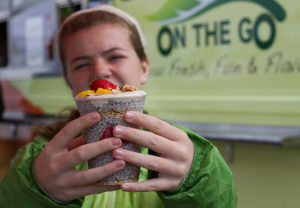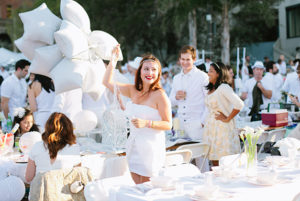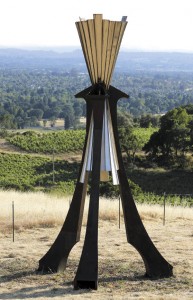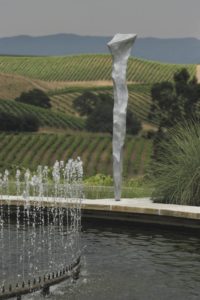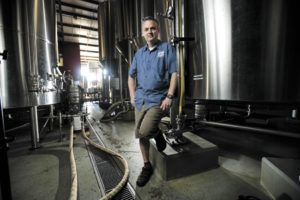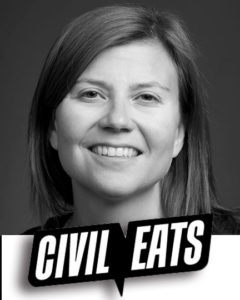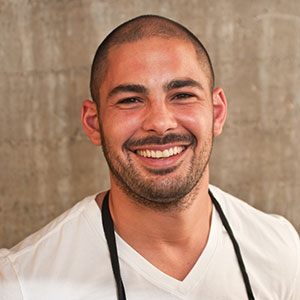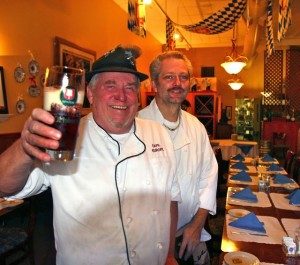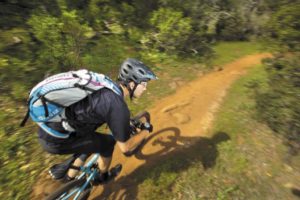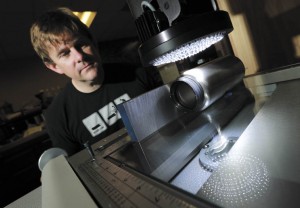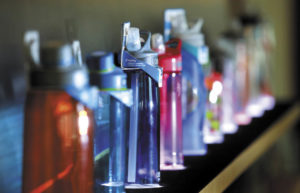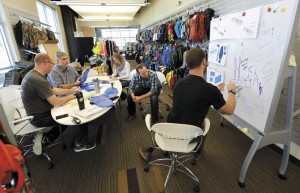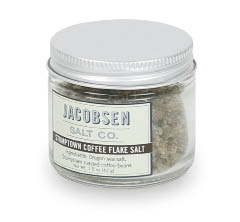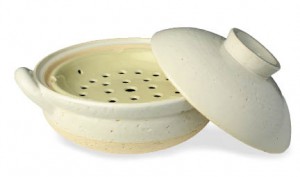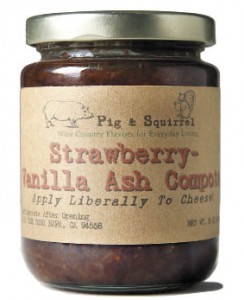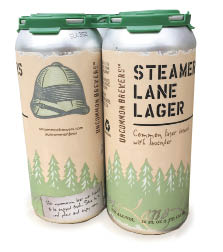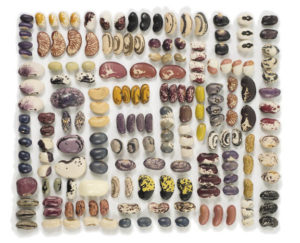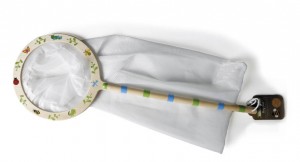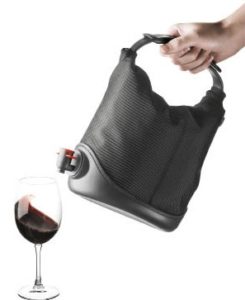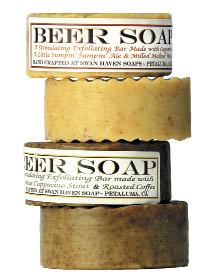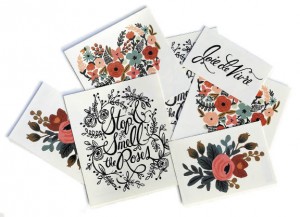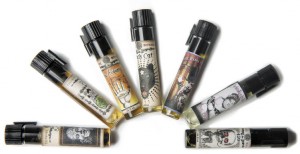Walking through buzzing construction and renovation at the Russian River Brewing Co. production facility in Santa Rosa, Vinnie Cilurzo is all about sharing.
He explains that the new brewhouse he’s installing was supposed to cost $500,000 but is coming in closer to $750,000. The old brewhouse — the 50-barrel kettle and mash tun where the beermaking process starts — was a hand-me-down from Dogfish Head Ales in Delaware. At the same time, he’s brewing Pliny the Elder (the double IPa that accounts for around 70 percent of Russian River’s beer sales) at Firestone Walker Brewing Co. in Paso Robles.
Along with innovation and off-the-charts reviews from critics, Cilurzo is just as well known in the beer business for sharing. Russian River Brewing’s owner and brewmaster has published recipes online for both Pliny the Elder and the coveted, tiny-production Pliny the Younger. Up-and-coming brewers often call Cilurzo for advice, and he gives it. The same goes for competing brewery owners.
And then we reach the barrel room. “This is the only area where we don’t share in the brewing world,” Cilurzo said, lifting a metal roll-up door to reveal a mountain of 450 mostly French oak barrels filled with beer and kept at between 58 and 62 degrees. “We don’t tell people our barrel sources.”
From floor to ceiling, on the left, is Temptation, a blonde ale aged in Chardonnay barrels. In the middle, Supplication is a brown ale aged in Pinot noir barrels with sour cherries. On the right is Consecration, a dark ale aged with currants in Cabernet Sauvignon barrels. The barrels are sourced from small, high-end Sonoma wineries, after three to four years in use. French oak barrels are more porous, giving ample space for Cilurzo’s handpicked funky wild yeasts to burrow in and extract complex flavors from the wood and the wine that was once there. He holds the door open just long enough for a visitor to squint and try to decipher a few barrel markings, then rolls the door back down. And off we go to check out his personal 15-gallon “glorified homebrew system,” which doubles as an experimental R&D tank. Cilurzo has trademarked the term “RnD” to let his small army of brewers (he now over- sees seven brewers and 90 total employees) occasionally stretch their wings and get creative with a new line of beers such as RnD Pale and RnD Pils.
“That’s the one thing: When you brew at Russian River, there really isn’t any room to be creative, because that’s my job,” he said.
In the brewing universe, in which Sonoma is a major constellation, it’s hard to find a more humble guy surrounded by more insanity and hoopla. All you have to do is drop by the Russian River brewpub on the first Friday in February to witness the madness that seems to follow Cilurzo like yeast on sugar.
At least a day before, lines start forming around the block in downtown Santa Rosa as beer lovers from around the world make the pilgrimage for Pliny the Younger, the famous triple IPA released for only two weeks every year. It’s what happens when the Beer Advocate website ranks Younger the No. 1 in the U.S. in 2010, something that caught Cilurzo, 44, and his wife, Natalie (whom he describes as “the backbone of the company”), by surprise when fans started lining up to buy Younger. They sold out in hours.
“I think we finally got it figured out this year,” Cilurzo said of the 2015 younger release. “The new three-hour table limit (in the brewpub) made a huge difference.”
Yet the hype doesn’t end in February. At beer festivals all year long, all over the world, Cilurzo spends half his time posing for photos and selfies with fans.
“The popularity is weird, totally weird,” he said. “We never forget that we wouldn’t be here without our customers. I think it goes back to that saying, ‘Win humbly, lose humbly.’ There are new breweries out there trying to create the next cult beer, but it’s not something you do on purpose. It’s like a band that takes off or a new restaurant or a chef. It can only be consumer-driven. Otherwise, everybody would be doing it.”
At his the tiny taproom, Cilurzo pulls out a few glasses and asks, “You want a beer?” He starts with the new STS Pils, a dry, hop-forward Pilsner that’s been on tap intermittently for about four months at the pub. Inspired by a Pilsner tasting trip through Germany, Cilurzo is ready to push forward with larger-scale production of the beer named for the acronym of the Charles M. Schulz Sonoma County Airport (STS) he frequents.
In many ways, his experimentations (and definitely the secret wine-barrel room) are an extension of the family business. Growing up in Temecula, Cilurzo found a second home in the cellar room at Cilurzo Family Vineyards, founded by his parents Audrey and Vincent Cilurzo. Inspired more by hops than grapes, he opened Blind Pig Brewing Co. in Temecula in 1994; it’s where he is credited with inventing the double IPA style, meaning twice the bitter hops character of a “regular” IPA.
Then it was on to Korbel Champagne Cellars in Guerneville, which hired him to run the newly created Russian River Brewing Co. in 1997. When Korbel bailed on the beer business, it allowed Cilurzo to keep the company, and he opened in 2004 on Fourth Street in downtown Santa Rosa.
In 2008, when he opened the production brewery a block off Santa Rosa avenue, Cilurzo’s beer production increased from 3,000 barrels to more than 14,000 barrels a year. That same year, he was given the Brewers association’s Russell Schehrer
award for Innovation in Brewing. Given the hype and demand, Russian River could have expanded much faster and larger, easily rivaling craft giants like Lagunitas and Sierra Nevada.
“I think the misinformation is that we don’t want to grow,” Cilurzo said. “It’s not that we don’t want to grow, it’s that we like growing organically.”
Seven years later, he’s maxed out on tank space and is thinking about opening another production facility in the not-too-distant future. There is also a “side project,” called Sonoma Pride explains as an employee delivers a paper plate of venison that Cilurzo smoked after a deer hunt near Lake Sonoma. The Amasa American Wild Ale with which he washes down the venison is made with Brettanomyces yeast in the bottle-conditioning process; it’s a rustic, earthy characteristic winemakers try to avoid, yet is encouraged in this beer, adding a layer of complexity.
“It’s less about making more beer and more about making better beer with better equipment and more efficient equipment,” Cilurzo explained.
Over the years, he’s had hundreds of offers to expand production and distribution. Cilurzo recently received an email from “a guy who was in town on business and fell in love with Pliny.”
“He said, ‘I would love to be your exclusive distributor in Dubai.’”
Given his fondness for sharing, did Cilurzo reply?
“Of course, I reply to everything,” he said. “I had to tell him we weren’t quite prepared to expand to Dubai just yet.”





